SUMMARY
This is AI generated summarization, which may have errors. For context, always refer to the full article.

MANILA, Philippines – In a small corner of 34th and 5th streets in Bonifacio Global City, leafy greens and flowers grow on raised beds made from recycled wood.
The 1,500-square-meter community garden holds a discreet charm in the vicinity of tall buildings and establishments in the former military base in Taguig. Inside are different varieties of lettuce, tomatoes, herbs like mint and tarragon, and some edible flowers.
People living in the area come and go at the BGC Community Garden, usually with a reusable bag where they can put their green haul for the day. Outside the roads are busy, especially during rush hours.
It was a small oasis in the middle of the city.
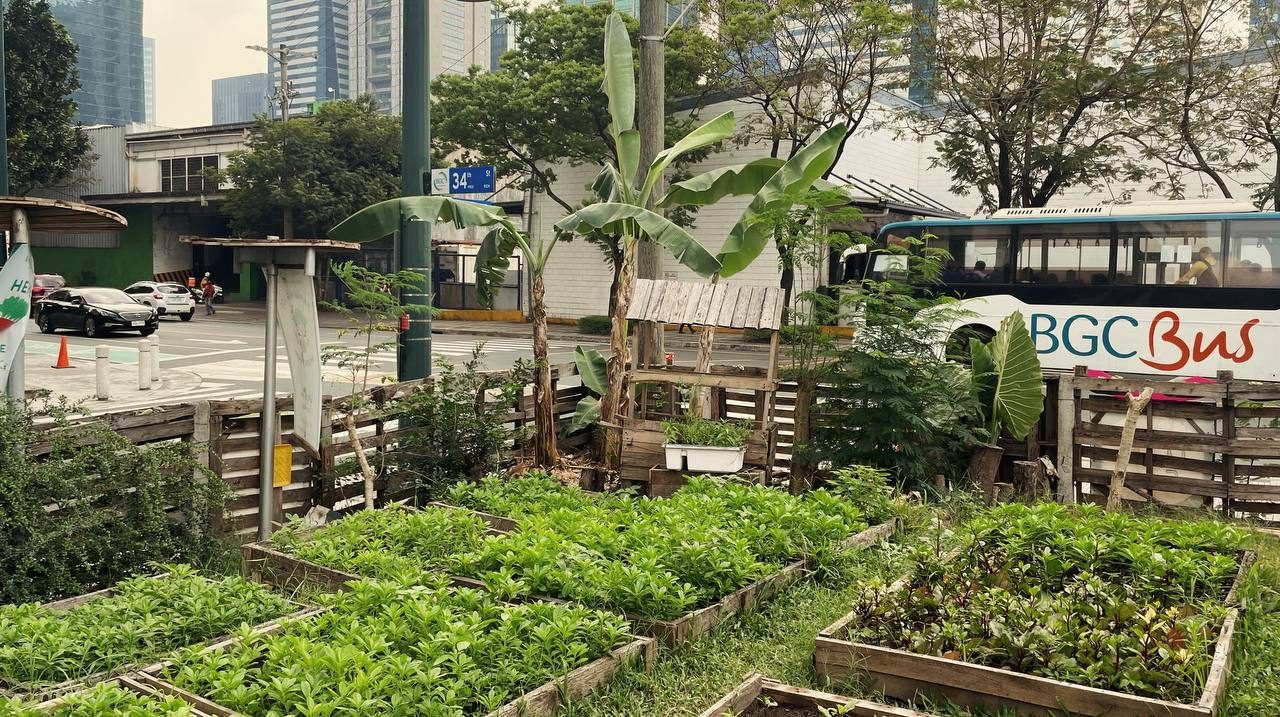
Planting the seed
“When I did it, I thought it was a temporary thing,” Louie Gutierrez, founder of the BGC Community Garden, told Rappler in an interview.
With the world at a standstill during the pandemic, Gutierrez was looking for something to do. He tinkered with the idea of starting a community garden when he saw an empty lot in their village in Makati.
He didn’t know anything about urban farming and gardening back then. The idea became feasible when the owner of the lot lent it for free to him. It came more alive when it also became an opportunity to provide livelihood for his employees during the lockdown.
Gutierrez found an agriculturist whom they could consult online. When the first harvest came, they gave the produce away to the neighbors, maids, and security guards.
That was in 2020. The lean group of 9 farmers, excluding Gutierrez, now forms the non-government organization Urban Farmers PH.
Fast forward to 2022, they’ve been lent the corner lot in BGC – for free – to create another community garden. Gutierrez said that he floated the idea of “creating an edible garden in the middle of the city” during their talks with the Fort Bonifacio Development Corporation.
Starting the community garden in BGC was a struggle at first. Seedlings would die. But they started growing flowers, added more vegetation to the land.
“We saw the birds were coming, the bees were coming,” he said. “They were pollinating. We had butterflies, you know, so the ecosystem is growing.”
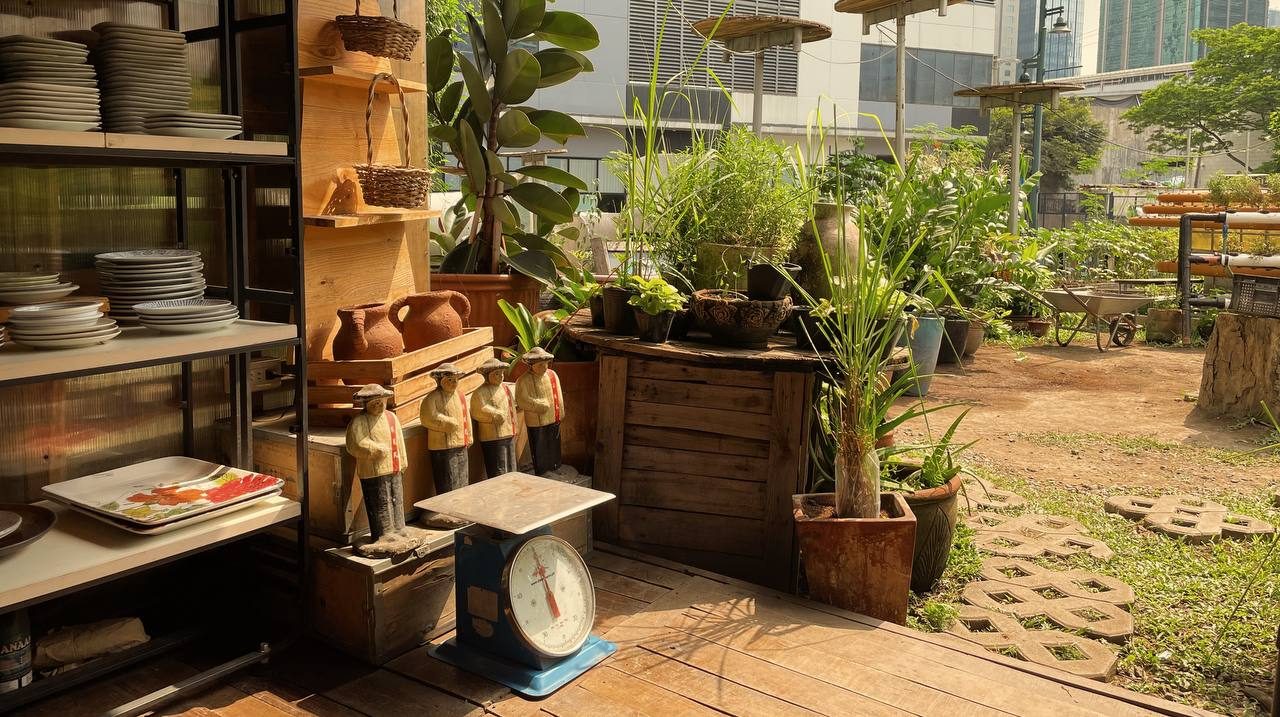
It has since been an exciting three years managing a community garden and a lean team of urban farmers and volunteers. Gutierrez said he has met and engaged more people through the gardens than in his work overseeing a chain of jewelry stores in malls.
Influencing what customers eat and what they think of the food they eat was also satisfying. For one, a visit to the urban farm would demystify the image of a perfect vegetable.
“You always want to choose the most beautiful carrot…or you get the pricier one and then you realize you know how did they come so perfect because it’s chemically enhanced,” said Gutierrez.
In the garden, tomatoes would grow at different sizes. An eggplant could be a little crooked compared to the others. Gutierrez called them natural beauties.
More than appreciation for the food that grows organically in their farm is the newfound respect for farmers.
“It’s not easy,” Gutierrez said when asked about what he learned about agriculture in the past years. “You really learn how to appreciate what farmers do.”
A garden walk
On a Thursday afternoon, Mary Jane Rusiana, whom they call “Farmer Jen” in the garden, toured Rappler inside the garden.
Glassware lined the shelves in the farm store. Besides picking vegetables, customers can also buy soil, pots, and seedlings from the store.
There are hydroponics and aquaponics setups in the middle of the garden. Next to these are huge pots containing cocopeat and vermicast. Seedlings are nurtured in a small greenhouse. Another greenhouse with long tables and several chairs is being rented for small gatherings. A debutante celebrated her 18th birthday in the greenhouse just recently.
Along the path are round pallet wood tables where people can hang out. The materials they’ve been using are mostly recycled and donated. The wood pallets for the raised beds, for example, were from CW Home Depot.
Rusiana had been with the organization for the past year. It’s been largely fulfilling for her, having studied agribusiness back in her home province in Negros Occidental.

“There are other things to learn here on the farm,” said Rusiana in Filipino. “And all the things I learned before were welcomed in the farm.”
But sustaining the urban farms was not exactly a walk in the park. Rusiana, who manages the farm’s sales, admitted they can’t stay afloat just through customers buying vegetables from them.
Other sources of revenue were the farming workshops they conduct with interested companies and the lease from the greenhouse event space.
They continue to manage as the past three years have shown. All farmers get at least a minimum wage. Rusiano said she stays because she gets fulfillment from her job.
“It makes me happy that people get to pick fresh vegetables,” she said.
‘A big crazy idea’
After providing fresh produce for people in the nearby communities, the next step would be to close the loop.
Right now, the waste from the garden gets delivered to a manual vermicomposting site.
Their “big crazy idea” for 2024 is to collect the food waste from the establishments in BGC, turn this into compost in the site, and then bring it back to the garden to fertilize the soil.
It’s a circular economy in a nutshell. Gutierrez is hopeful that this could be done in BGC since it’s where “the decision-makers are.”
Meanwhile, those who find themselves walking inside the garden for the first time would hopefully leave with more than fresh greens on hand. That the possibility of starting their own garden in an empty lot near their home germinates.
“Do it in their own communities,” said Gutierrez. – Rappler.com
Add a comment
How does this make you feel?



![[ANALYSIS] How one company boosts farmer productivity inside the farm gate](https://www.rappler.com/tachyon/2024/06/bioprime-farmgate-farmer-productivity-boost.jpg?resize=257%2C257&crop=465px%2C0px%2C1080px%2C1080px)








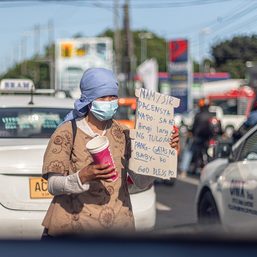




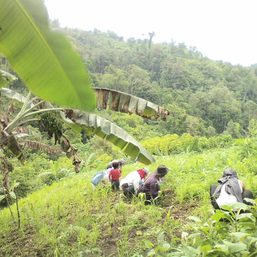



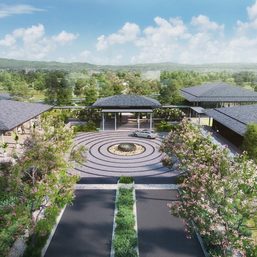
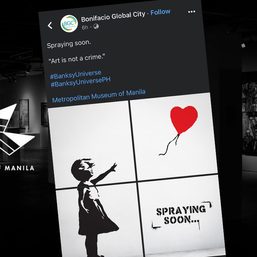
There are no comments yet. Add your comment to start the conversation.